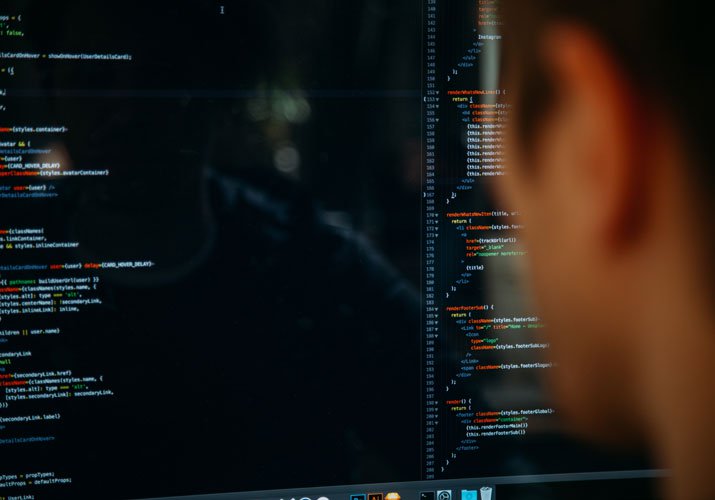
By Joe Mann | Vice President, Channel Support & Development, Brain Corp
12 August 2020

Cleanliness has always been essential in healthcare, but today, the confluence of increasing infection risks, rising patient expectations, and evolving cleaning standards make the cleanliness of spaces and surfaces more critical than ever for healthcare organizations.
Over the last decade, patients have become more attuned than ever to potential infection risks within hospitals and clinics. In fact, they seek out facilities that demonstrate a strong commitment to cleanliness and infection prevention. Research shows a strong connection between patients’ perceptions of overall facility cleanliness and HCAHPS (Hospital Consumer Assessment of Healthcare Providers and Systems), which is a strong indicator of patient satisfaction, and in a way loyalty.
In this age of COVID-19, patient concern for infection risk and facility cleaning is now even higher. As such, protecting the health and safety of both patients and staff in hospitals and clinics has recently become an even higher priority for EVS departments across the United States. However, as healthcare organizations recognize and adjust to heightened cleaning demands, they are encountering tough operational challenges primarily around the labor that is required.
Healthcare Facilities are Struggling to Keep Up
Many hospitals and clinics are facing both rising labor costs and a shortage of qualified, experienced, and reliable talent to staff their custodial teams. Further, as cleaning standards increase, the cleaning budgets don’t always keep up in real time to match. Usually cleaning departments can’t get budgetary relief until much later when the next fiscal period begins. Rising average wages and changes to mandated benefits also contribute to a facilities’ labor issues.
Many custodial teams are already overextended, leading to inconsistent cleaning quality and frequent training issues. With cleaning demands rising faster than either the available resources or the budgets provided, cleaning teams are often forced to make tradeoffs between the quantity and quality of their work.
Cleaning Robots are a Promising Solution
Healthcare providers already use robotic technologies to deliver some of the most advanced medical and surgical treatments, but the rapid advance of safe, autonomous, mobile technology is creating new applications for robotics in healthcare operations. In particular, robotic floor cleaning is emerging as a valuable use case that can help healthcare organizations unlock consistent cleanliness and operational efficiency.
Robotic floor scrubbers directly address the supply-demand imbalance presented by rising cleaning demands and limited labor resources. By working alongside employees, cleaning robots, like the units powered by Brain Corp, make custodial teams more efficient and effective.
So, what benefits do robotic floor scrubbers bring to healthcare facilities?
- Enhanced patient experience and facility image. Patients and their families are more sensitive than ever to the cleanliness and safety of a healthcare facility right now. Robotic floor cleaners allow hospitals and clinics to move floor cleaning from the night shift to the day shift, showing visible proof of cleaning. Instead of paying someone to clean the floor every time, a robot can perform that task multiple times per day with no increase in cost.Furthermore, the aesthetic cleanliness of a facility has become one of the biggest factors in patient satisfaction with a demonstrated correlation to HCAHPS scores. This, in turn, is directly correlated to reimbursement rates and economic outcomes for hospitals and clinics. Cleaning robots are a visible sign of a healthcare organization’s commitment to investing in innovation, which instills trust in all stakeholders, from patients and staff to oversight committees.
- Reallocation of staff and resources to better meet cleaning needs. By using robots to automate floor scrubbing, a time-consuming and labor-intensive task, hospitals can focus custodial resources on other responsibilities, such as critical disinfecting of high-touch surfaces, or cleaning and stocking restrooms and consumables more often.
- Improved staff engagement and employee satisfaction. Healthcare organizations understand that employees are one of their greatest differentiators. As a result, more hospitals are focusing on improving employee satisfaction, enhancing engagement, and increasing retention. Cleaning robots reduce the burden of today’s cleaning demands on hospital and clinic cleaning staff, and thus, contribute to more manageable workloads and healthier work environments.
- More frequent, consistent, and measurable cleaning. Most hospitals and clinics remain open 24/7. This makes regular cleaning of high-traffic areas like entryways and hallways a particular challenge, as it cannot be pushed to non-business hours. Robotic cleaning machines enable frequent, highly consistent cleaning without increasing labor costs. They also deliver real-time performance data to validate that cleaning has been done, providing proof that facilities are in compliance with any relevant regulatory orders.
- Optimized operational efficiency. The challenges brought on by COVID-19 require healthcare organizations to adopt new approaches to improve operational efficiency without overstretching their budgets. Robotic floor cleaning machines are quick and simple to deploy because they require no custom infrastructure or specialized training. Once they are set up, the robots require no maintenance beyond what a manual scrubber does,and cleaning staff can conduct other work while the machines operate. The result is improved cleaning productivity, and efficiency.
More and more hospitals and clinics are beginning to evaluate robotic cleaning partners to protect and support their patients and cleaning staff. Healthcare is an innately innovative industry, so it’s no surprise forward-thinking organizations have already decided to take action and address their cleaning challenges with robotic cleaning machines.
For example, Scripps Health, a nonprofit healthcare provider in San Diego, is participating in Brain Corp’s Robot Relief Program, which is donating up to $1.6M in cleaning robots and services for essential businesses during the recent health crisis. Scripps has deployed robotic floor scrubbers at two facilities, Scripps Memorial Hospital La Jolla and Scripps Mercy Hospital San Diego. The first robot was deployed at Scripps La Jolla in June, and has been averaging 2.5 hours of autonomous runtime a night.
Such results speak to the value autonomous mobile cleaning robots can bring to healthcare. Although most hospitals and healthcare organizations today are working overtime due to the pandemic, and may not think they have the time to trial a new product or practice, deployment of a Brain OS cleaning robot typically only takes a couple hours, but can start paying dividends immediately. Launching a small pilot program can put a healthcare organization in a better position to easily scale up and expand when it is convenient for them, whether that is in the near future, or further out.
For more details, download our new eBook with Tennant Co., “The Path to Autonomous Cleaning: How Robotic Technologies Drive Cleaning Performance in Healthcare.”


Let Us Know What You Thought about this Post.
Put your Comment Below.